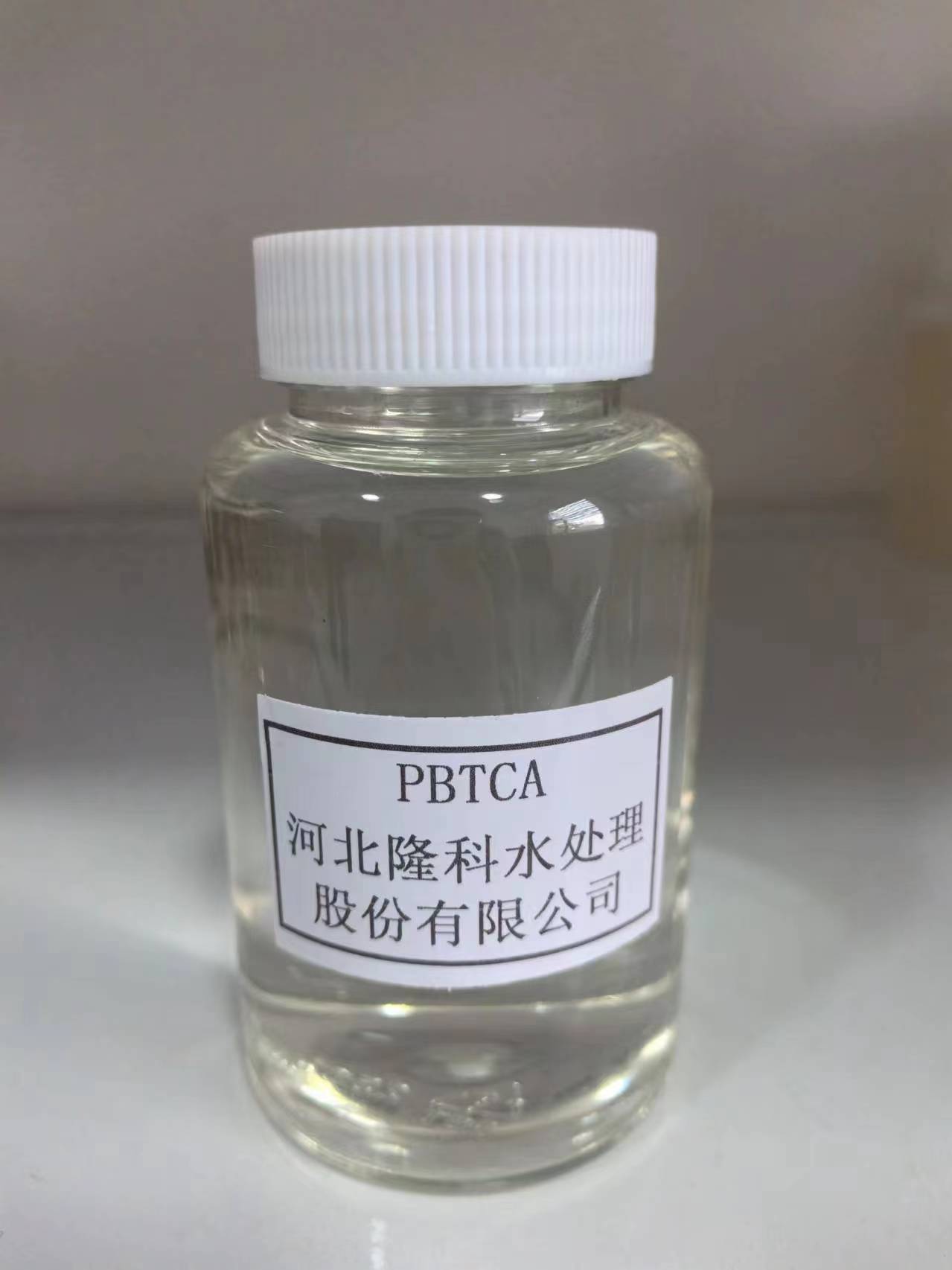Understanding the Process and Applications of Polyacrylamide Formation in Various Fields
Understanding Polyacrylamide Formation
Polyacrylamide is a versatile synthetic polymer that has garnered significant attention in various fields, including water treatment, agriculture, and biomedical applications. Its formation involves the polymerization of acrylamide monomers, a process that can yield polymers with a wide range of properties depending on the specific conditions under which polymerization occurs.
Understanding Polyacrylamide Formation
In the thermal initiation process, heat is used to break down an initiator compound, generating free radicals that can react with acrylamide monomers and initiate the chain reaction of polymerization. This method is relatively straightforward; however, it can sometimes lead to a lack of control over the molecular weight and structure of the resulting polymer.
polyacrylamide formation

Redox initiation, on the other hand, involves a chemical reaction between an oxidizing and a reducing agent to generate free radicals. This method has the advantage of producing a more controlled polymerization process, enabling the researcher to tailor the characteristics of the resulting polyacrylamide, including its molecular weight and degree of crosslinking. The control of these parameters is crucial, especially in applications where specific performance criteria must be met, such as in gel electrophoresis or controlled drug release.
Photoinitiation is another effective technique, particularly in applications requiring localized polymerization, such as in the fabrication of hydrogels. In this method, ultraviolet (UV) light is used to activate a photoinitiator, leading to the formation of free radicals that initiate polymerization. This method allows for precise spatial control, making it advantageous for applications in areas such as tissue engineering where patterned structures may be necessary.
The properties of polyacrylamide can also be modified through various approaches, including copolymerization with other monomers, crosslinking with bisacrylamide or other crosslinking agents, and the introduction of functional groups. For instance, incorporating charged monomers can enhance hydrophilicity, leading to improved performance in water retention and swelling behavior, which is particularly beneficial in agricultural applications, such as soil conditioning and irrigation management.
In conclusion, the formation of polyacrylamide is a complex yet highly manageable process that opens the door to a multitude of applications across various industries. The ability to control the polymerization conditions and modify the resulting polymer properties allows for customizing products to meet specific needs. As research continues to advance in the field of polymer chemistry, the potential for polyacrylamide to contribute to innovative solutions in water treatment, agriculture, and biomedicine remains promising. Whether through improving water retention in arid regions or developing advanced drug delivery systems, the future of polyacrylamide is undoubtedly bright, showcasing the importance of this polymer in addressing global challenges.
-
Pbtc Scale InhibitorPBTC: A Scale Protector for Industrial Water TreatmentNewsAug.05,2025
-
Organic Phosphonate: An Efficient Defender in the Field of Scale InhibitionNewsAug.05,2025
-
Hydrolyzed Polymaleic Anhydride: Green Pioneer in Scale Inhibition FieldNewsAug.05,2025
-
PAPEMP Polyamino Polyether Methylene Phosphonic Acid For SaleNewsAug.05,2025
-
Flocculant Water Treatment: A Pioneer in Purification in the Field of Water TreatmentNewsAug.05,2025
-
Benzyl Isothiazolinone: An Efficient and Broad-Spectrum Antibacterial Protective GuardNewsAug.05,2025





